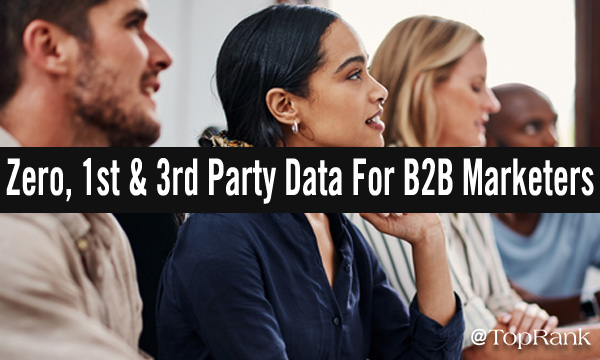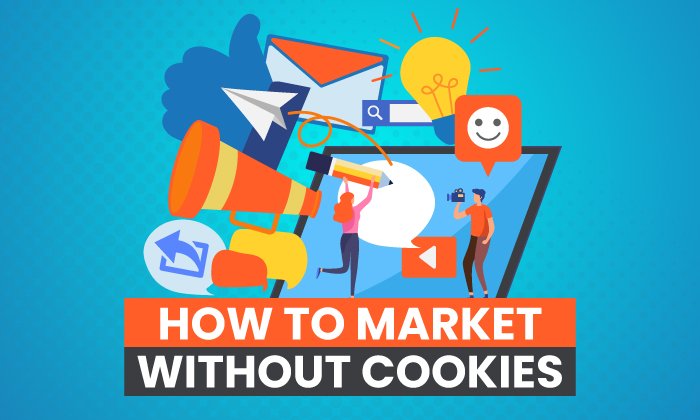Capturing, activating and managing first-party data for a cookieless world
By Ben Holding
Ashlea Cartee, product marketing manager of consent & preferences, OneTrust
According to a recent Gartner report, only 36% of marketers indicated they understand what the loss of third-party cookies will mean for their organizations. This major transition for marketers and advertisers is just around the corner, and waiting until 2023 to adapt to it is bound to leave slower marketing teams behind.
For businesses of all kinds, standard operating procedures are at risk. After cookies vanish, the job of monitoring website traffic, collecting user data to improve product and digital experiences, and delivering, measuring and attributing targeted advertisements will be affected.
For teams still casting cookies in a leading — or even supporting — role in their marketing and data strategies, there is little time left to identify alternatives. One viable replacement strategy is activating first-party data, but it will take time to roll out new plans, even as the deadline draws near.
How first-party data can help teams of all kinds
Effectively leveraging first-party data helps ensure strong outcomes for campaigns, user experiences and customer relationships. By successfully utilizing customer insights provided by the customers themselves, marketers are carving out a new competitive advantage for their organizations.
When matched with a well-thought-out data strategy, teams activate first-party data downstream to create enhancements for customer-focused features and offerings.
For example, first-party data can equip teams with profound insights that help them develop products and services based on customer-indicated preferences, content suggestions based on user behavior and targeted marketing offers based on past purchases.
How to capture and activate first-party data
Collecting and activating first-party data requires data owners to build trust and transparency. Marketers must first assess whether they have the internal capacity and tools to gather, process and leverage it to the fullest extent. They must also understand how they currently rely on third-party cookies, where they come from and their alternatives.
Depending on their industry, the pillars of a successful plan include capturing first-party data to receive a newsletter or purchase discount. They also include removing guest account/guest check-out options from products or services, creating an opt-in loyalty program, developing a thought-leadership content series accessible to authenticated users and partnering internally to leverage first-party data insights for tailored customer experiences and product improvements.
Obtaining first-party data starts with customer trust. People who perceive that a company is committed to protecting their data privacy and security will be more willing to consent. Another key is focusing on the value exchange with customers, being transparent about what’s offered in exchange for their data and making that offer compelling. Earning first-party data also comes down to a value exchange. Customers are willing to provide their first-party data in exchange for access to something they need or want — make offers compelling and use first-party data to enhance products, services, experiences and advertisements over time.
It’s also essential to remember that the transition from cookies to first-party data likely won’t be a one-to-one switch but one that requires users to provide it and, more importantly, trust the organization. Marketers might …read more
Source:: Digiday







